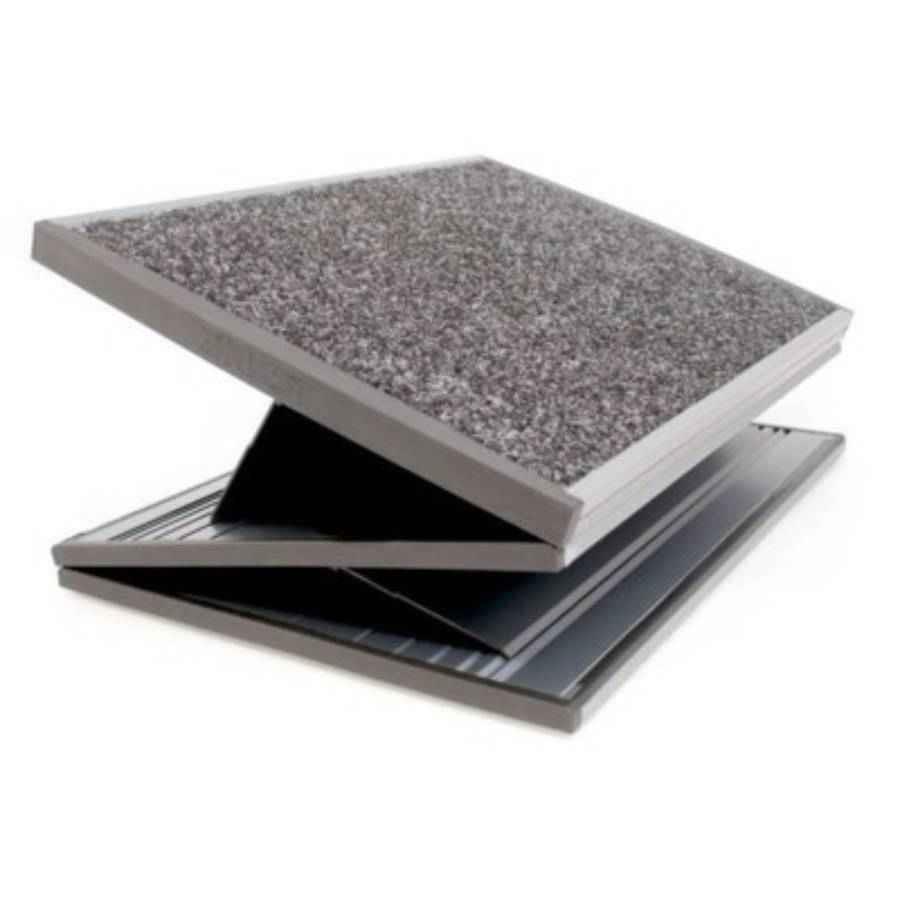Many office workers spend too many hours seated at their desks, glued to screens. While ergonomic chairs, monitor risers, and sit-stand desks have become more common in the workplace, one small yet powerful tool is often left out of the conversation: the footrest.
Do you really need a footrest under your desk? If you care about comfort, posture, circulation, and overall wellbeing, the answer is a resounding yes. Backed by research and supported by occupational health experts, ergonomic footrests are far more than just a desk accessory. They’re a practical investment in your health and productivity.
The Ergonomic Purpose of a Footrest
An ergonomic footrest is specifically designed to provide proper support to your feet while seated. By slightly elevating your feet off the ground, a footrest helps align your body in a more natural posture. This adjustment may seem minor, but it can play a significant role in relieving pressure from your lower back and improving spinal alignment.
According to Safe Work Australia’s guidelines on ergonomic office design, proper posture requires that your feet rest flat on the floor or on a footrest. When your feet dangle or are tucked under your chair, it shifts the body’s balance, placing extra strain on your hips, lower back, and even your shoulders.
This is particularly important for people of shorter stature, whose feet may not reach the floor comfortably while using standard office chairs. In such cases, a footrest for the office isn’t just a nice-to-have, it’s a necessity.
Health Benefits of Using a Footrest
1 – Preventing and Reducing Lower Back Pain
Lower back pain is one of the most common workplace complaints in Australia. According to the Australian Institute of Health and Welfare, back problems are among the leading causes of disability and lost productivity. One contributing factor is poor seated posture caused by inadequate foot support.
Using a footrest under your desk helps support the natural curve of your spine. By enabling your thighs to rest parallel to the floor and your feet to be planted firmly, your pelvis remains in a more neutral position, reducing stress on your lower back muscles and discs.
2 – Improving Blood Circulation
Extended periods of sitting can impede blood flow, particularly in the legs and feet. This may lead to discomfort, swelling, varicose veins, or in severe cases, deep vein thrombosis (DVT). A footrest for office use can help promote better circulation by encouraging small, frequent movements such as flexing the ankles and adjusting foot position throughout the day.
Some ergonomic footrest models come with rocking or tilting mechanisms that stimulate movement, further enhancing circulation and reducing the risk of developing circulatory problems.
3 – Enhancing Comfort and Reducing Fatigue
Feeling tired at your desk isn’t always about lack of sleep—it might be poor ergonomics. When your body is out of alignment, your muscles work harder to maintain stability, resulting in unnecessary fatigue.
A comfortable footrest under desk can reduce pressure on your legs and feet, distribute your body weight more evenly, and alleviate discomfort. The result? You feel more energized and less worn down by the end of the workday
4 – Boosting Focus and Productivity
When you’re uncomfortable, it’s harder to focus. Small annoyances like shifting positions to relieve discomfort can build up over time and interrupt your concentration. A footrest for office settings provides consistent comfort, helping you maintain your focus and stay productive for longer periods.
By reducing physical distractions and discomfort, footrests create a healthier, more efficient work environment.
Combining Footrests with Other Ergonomic Tools
Footrests work best when integrated into a well-thought-out ergonomic setup. Here’s how they complement other essential tools:
- Monitor Riser: A monitor riser ensures your screen is at eye level, preventing neck strain. When used with a footrest, it encourages full-body alignment from your feet to your head.
- Sit-Stand Desk: A sit-stand desk promotes movement throughout the day by allowing you to alternate between sitting and standing. When seated, a footrest can provide extra comfort. When standing, some footrests double as balance boards or platforms to reduce pressure on the feet.
- Adjustable Chair: Even with an ergonomic chair, if the seat height leaves your feet unsupported, it can lead to discomfort. A footrest bridges the gap, especially for users who need to raise their chair to align with their desk or monitor.
When these tools are used together, they form a holistic ergonomic workstation that minimizes physical strain and supports long-term health.
What to Look for in a Footrest
Not all footrests are created equal. Here are some features to consider when choosing the best footrest for office use:
- Height and Angle Adjustability: An adjustable footrest allows you to customize the height and tilt to suit your body and desk setup.
- Surface Texture: Some footrests feature textured surfaces or massage rollers that help stimulate circulation and relieve foot tension.
- Durability and Stability: Look for models with non-slip bases and sturdy construction that won’t slide or tip while in use.
- Mobility Features: Some footrests include rocking or pivoting motions to encourage active sitting, which can further reduce stiffness and fatigue.
It’s also worth noting that there are specialised footrests for standing desks and multi-position footrests for hybrid work environments.
Is a Footrest Worth It?
Without a doubt. While it might seem like a minor addition to your desk, a footrest under desk can play a major role in improving posture, circulation, and day-to-day comfort. More importantly, it can help prevent long-term health problems that are all too common in sedentary work environments.
As awareness grows about the risks of prolonged sitting and poor posture, ergonomic tools are becoming a must-have rather than a luxury. From sit-stand desks to monitor risers, modern workspaces are evolving to prioritize health and efficiency. A footrest for office use fits perfectly into this paradigm shift by offering a simple, affordable way to protect employee health while boosting productivity.
Investing in Your Workplace Wellbeing
Workplace ergonomics isn’t just about fancy chairs and high-tech gadgets, it’s about creating a balanced, comfortable environment that supports your physical and mental health. Adding a footrest to your workstation may be a small change, but it can deliver outsized benefits over time.
Incorporating a footrest under a desk, along with other ergonomic solutions, helps you stay aligned, stay focused, and stay healthy making your workday more productive and far more comfortable.
So, do you really need a footrest? If your goal is to work smarter, feel better, and take care of your body in the process, then yes, a footrest is a must.


